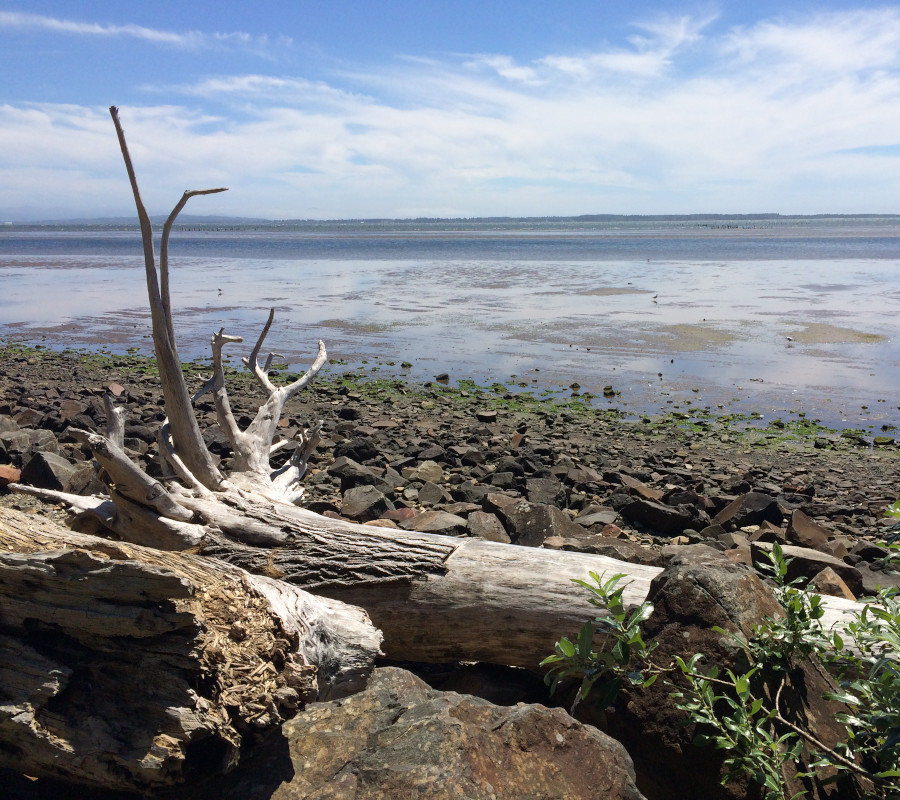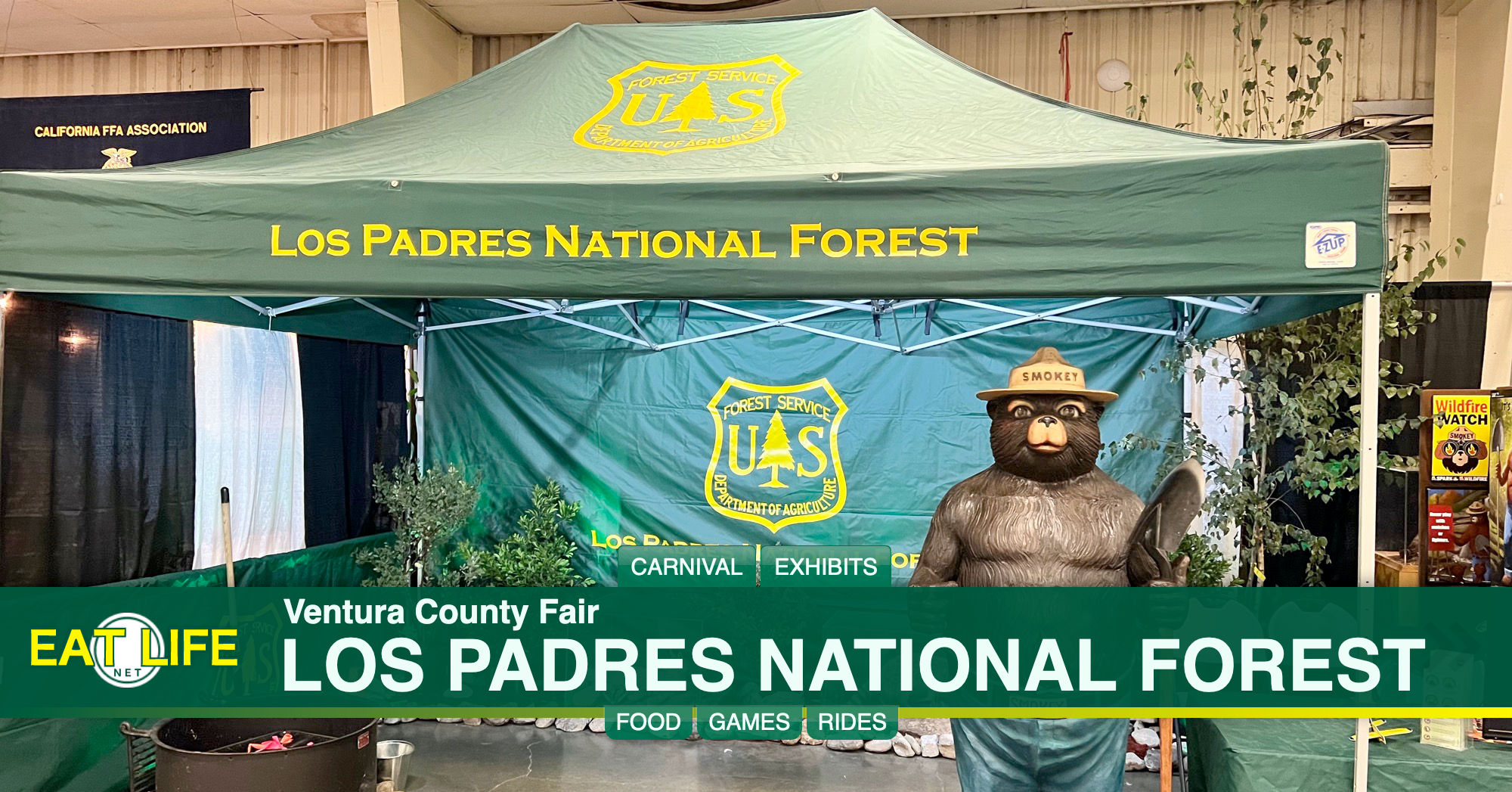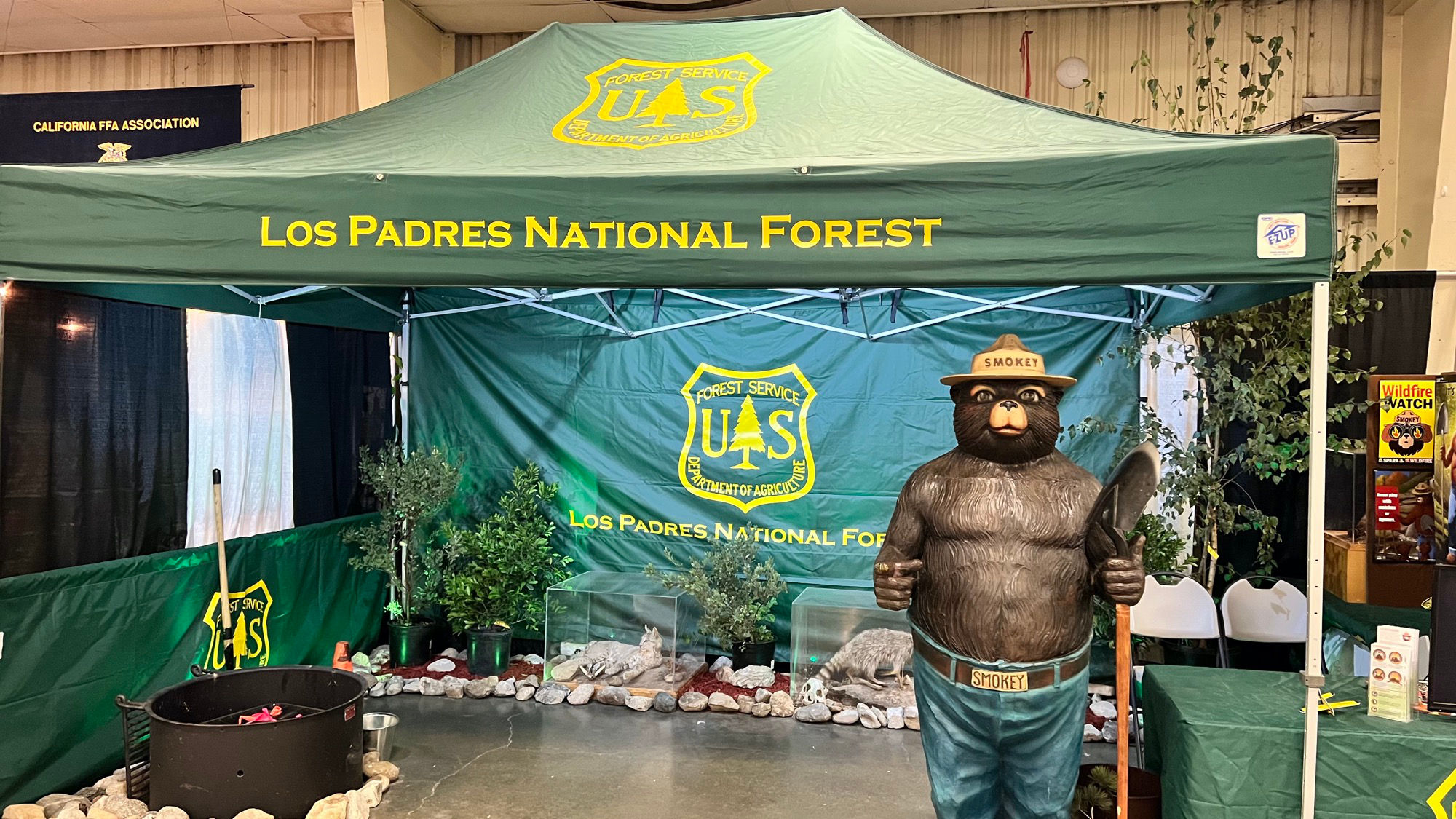
Forrest Service Department of Agriculture
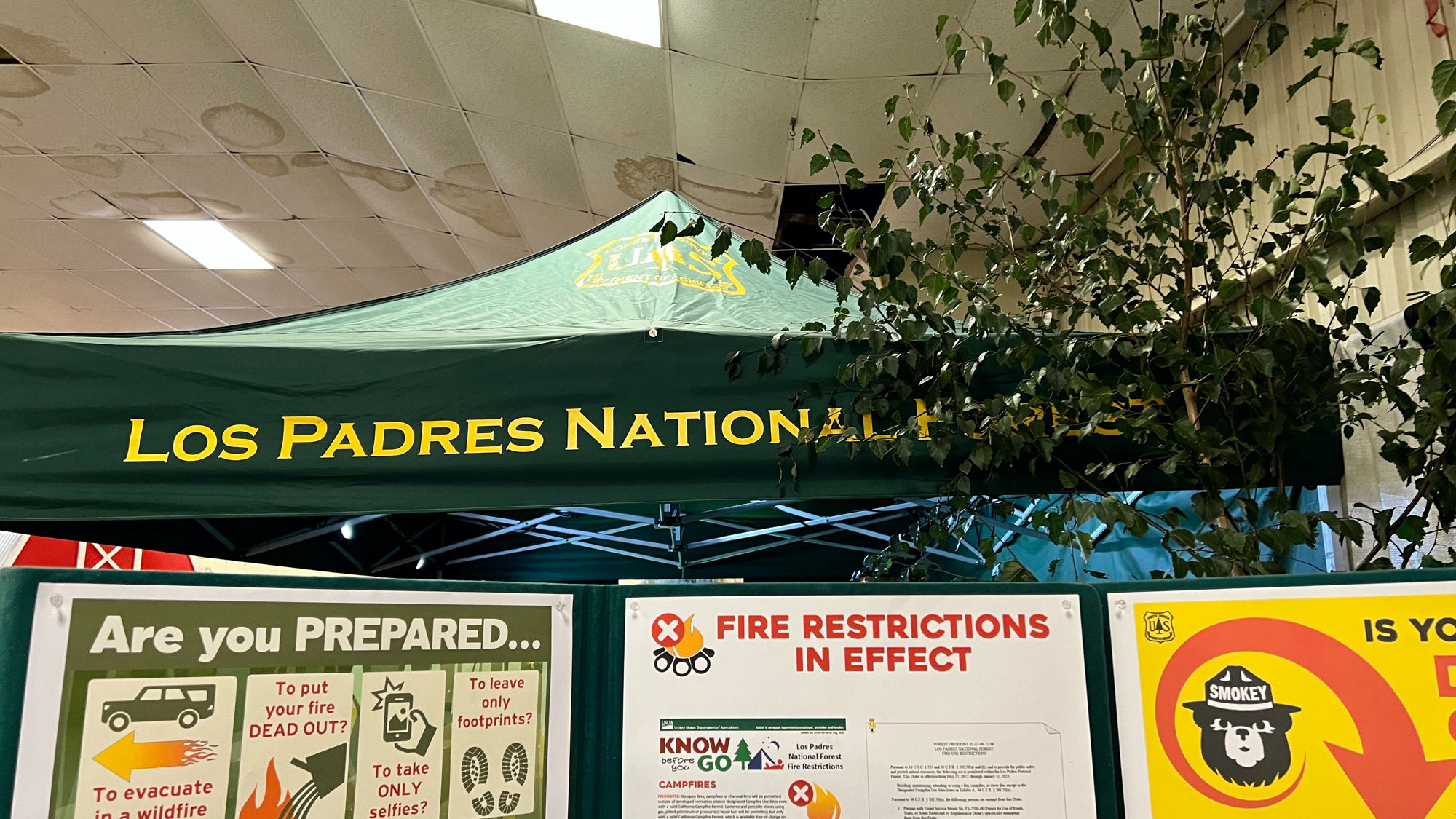
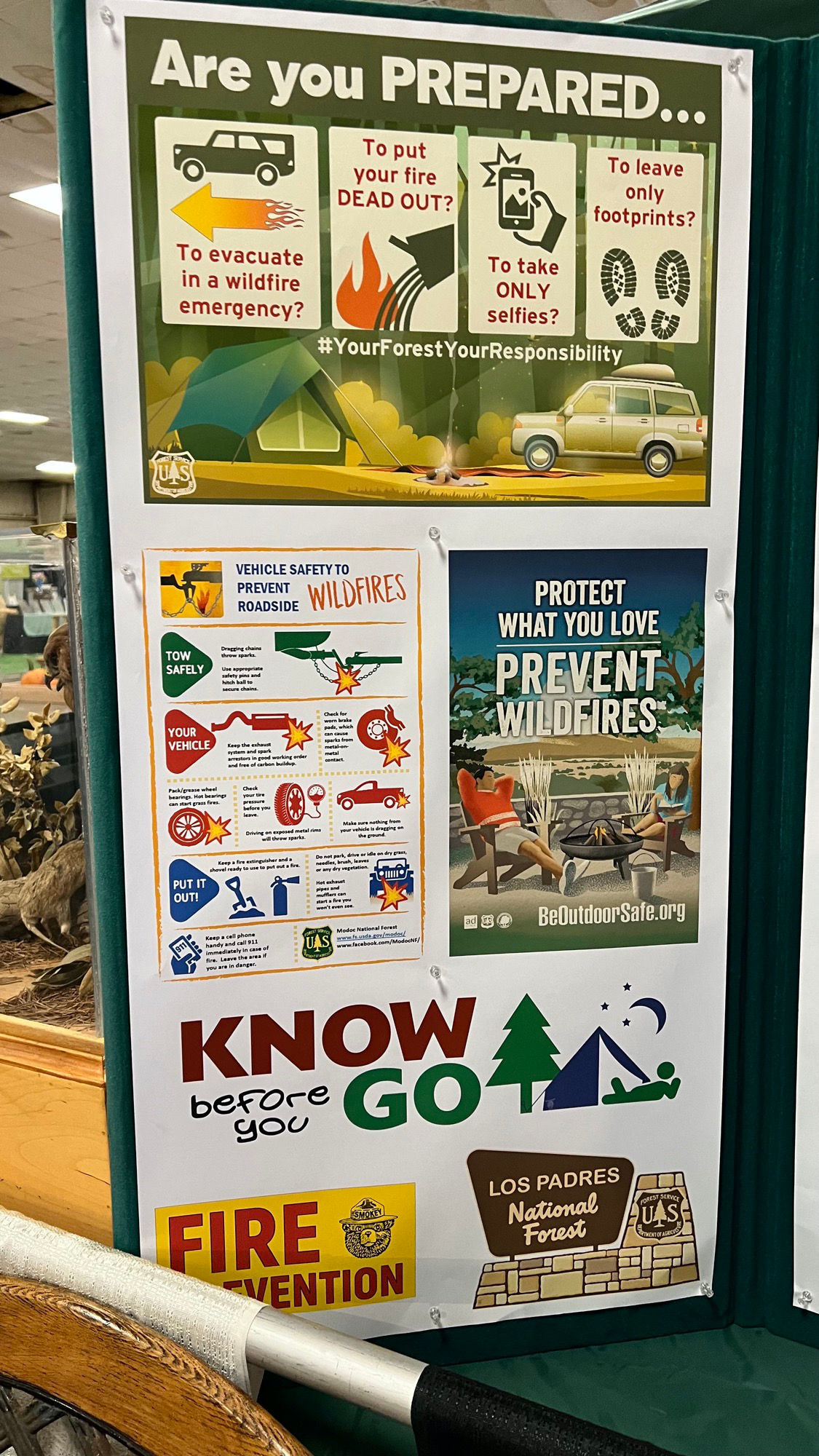
- To evacuate in a wildfire emergency?
- To put your fire DEAD OUT?
- To take ONLY selfies
- To leave only footprints
#yourforestyourresponsibility
LPNPVehicle Safety to Prevent Roadside Wildfires
- Tow Safely
Draggin chains throw sparks. Use appropriate safety pins and hitch ball to secure chains.- Your Vehicle
- Keep the exhaust system and spark arrestors in good working order and free of carbon buildup.
- Check for worn brake pads, which can cause sparks from metal on metal contact.
- Pack / grease wheel bearings. Hot bearings can start grass fires.
- Check your tire pressures before you leave. Driving on exposed metal rims will throw sparks.
- Make sure nothing from your vehicle is draggin on the ground.
- Put it out
- Keep a fire extinguisher and a shovel ready to use to put out a fire.
- Do not park, drive, or idle on dry grass, needles, brush, leaves, or any dry vegetation. Hot exhaust pipes and mufflers can start a fire you won't even see.
- 911
- Keep a cell phone handy and call 911 immediately in case of fire. Leave the area if you are in danger.
- Modoc National Forrest
[ https://www.fs.usda.gov/modoc ]
[ https://www.facebook.com/ModocNF ]
- Prevent Wildfires
- Protect What You Love
- Know Before You Go
- Fire Prevention
- Las Padres National Forest
- Forrest Service Department of Agriculture
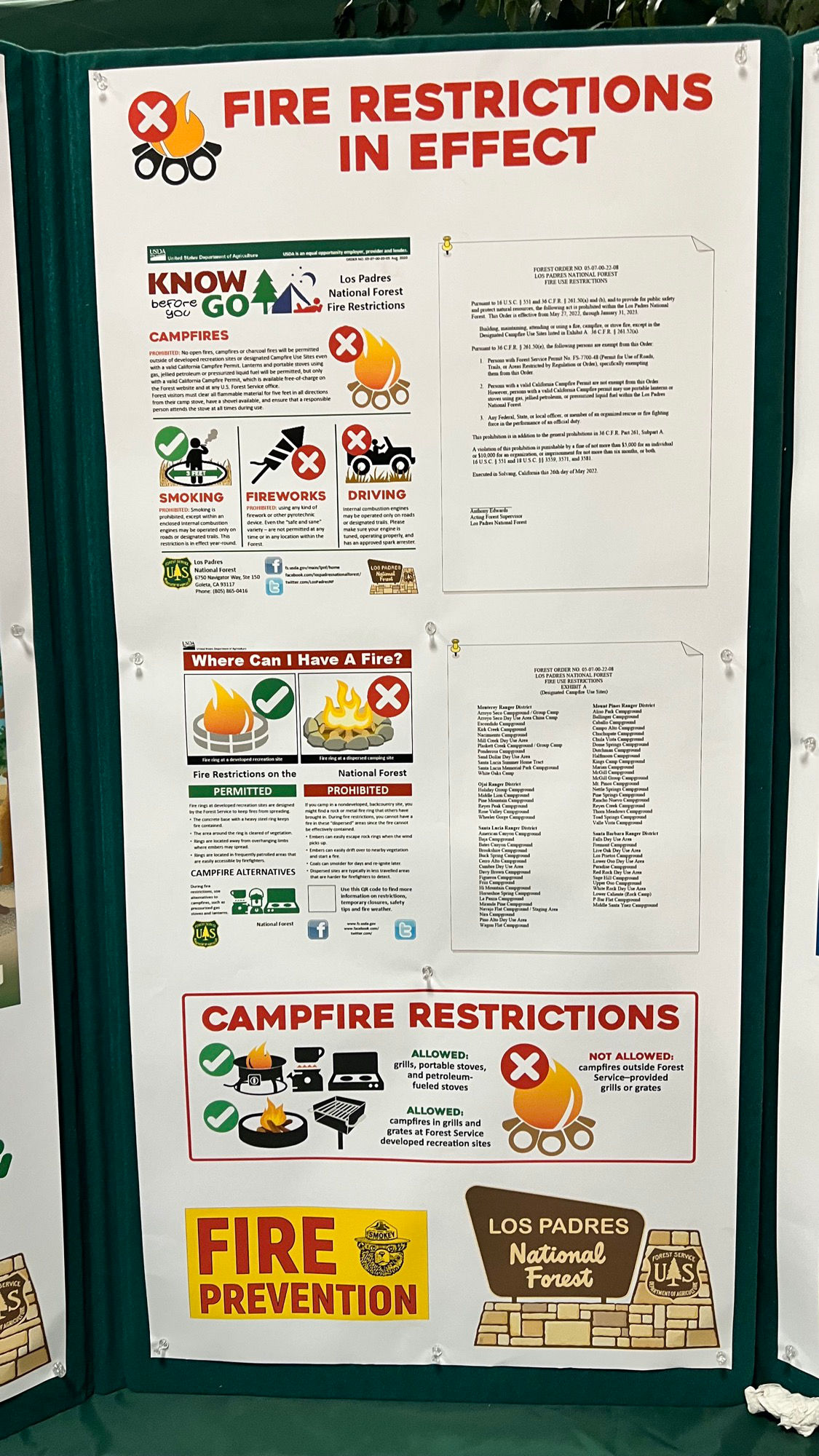
Know Before You Go
Los Padres National Forest Fire Restrictions
Campfires
PROHIBITED: No open fires, campires, or charcoal fires will be permitted outside of developed recreation sites or designated Campfire Use Sites even with a valid California Campfire Permit.
Lanterns and portable stoves using gas, jellied petrolium, or pressurized liquid fuel will be permitted, but only with a valid California Campfire Permit, which is available free of charge on the forest website and at any US Forest Service Office.
Forrest visitors must clear all flammable material for five feet in all directions from their camp stove, have a shovel available, and ensure that a responsible person attends the stove at all times during use.
- Smoking
PROHIBITED: Smoking is prohibited except within an enclosed. - Fireworks
PROHIBITED: Using any kind of firework or other pyrotechnic device, Even the safe and sane variety are not permitted at any time or in any location within the forrest - Driving
Internal combustion engines may be operated only on roads or designated trails. Please make sure your engine is tuned, operates properly, and has an approved spark arrester. This restriction is in effect year around
Where can I have a Fire?
Fire restrictions in the National Forest
| FIRE RESTRICTIONS: | |
|---|---|
| PERMITTED: | PROHIBITED |
| Fire rings at developed recreation sites are designed by the Forest Service to keep fires from Spreading. | If you camp in a nondevelped backcountry site, you might find a rock or metal fire ring that others have brought in. During fire restrictions, you cannot have a fire in these dispersed areas since the fire cannot be effectively contained. |
| The concrete base with a heavy steel ring keeps fire contained | Embers can easily escape rock rings when the wind picks up |
| The area around the ring is cleared of vegetation | Embers can easily drift over to nearby vegetation and start a fire |
| Rings are located away from overhanging limbs where embers may spread | Coals can smolder for days and re-ignite later |
| Rings are located in frequently patrolled areas that are easily accessible by firefighters | Dispersed sites are typically in less traveled areas that are harder for firefighters to detect. | CAMPFIRE ALTERNATIVES During fire restrictions, use alternatives to campfires such as pressurized gas stoves and lanterns |
| LOS PADRES NATIONAL FOREST | |
Campfire Restrictions
- ALLOWED Grills, Portable Stoves and Petroleum Fueled Stoves
- ALLOWED Campfires in Grills and Grates at Forest Service Developed Recreation Sites
- NOT ALLOWED Campfires Outside Forest Service Provided Grills or Grates
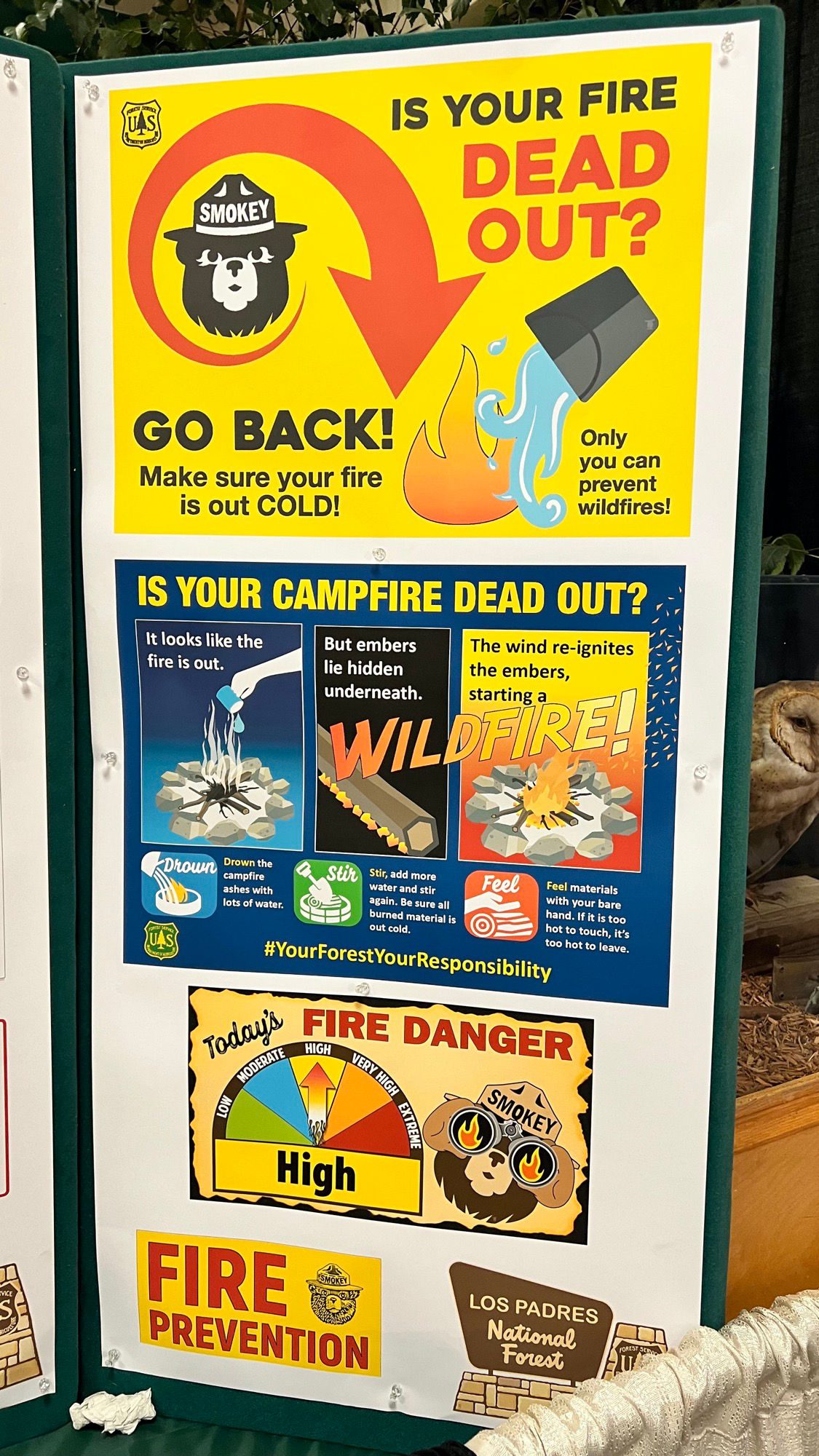
Go Back! Make sure your fire is out Cold! Only you can prevent wildfires!
- It looks like the fire is out
- But embers lie hidden underneath
- The wind re-ignites the embers starting a wildfire!
#yourforrestyourresponsibility
- Drown Drown the campfire ashes with lots of water
- Stir Stir, add more water and stir again. Be sure all burned material is out cold
- Feel Feel materials with your bare hand. If it is too hot to touch, it's too hot to leave
Today's Fire Danger: High
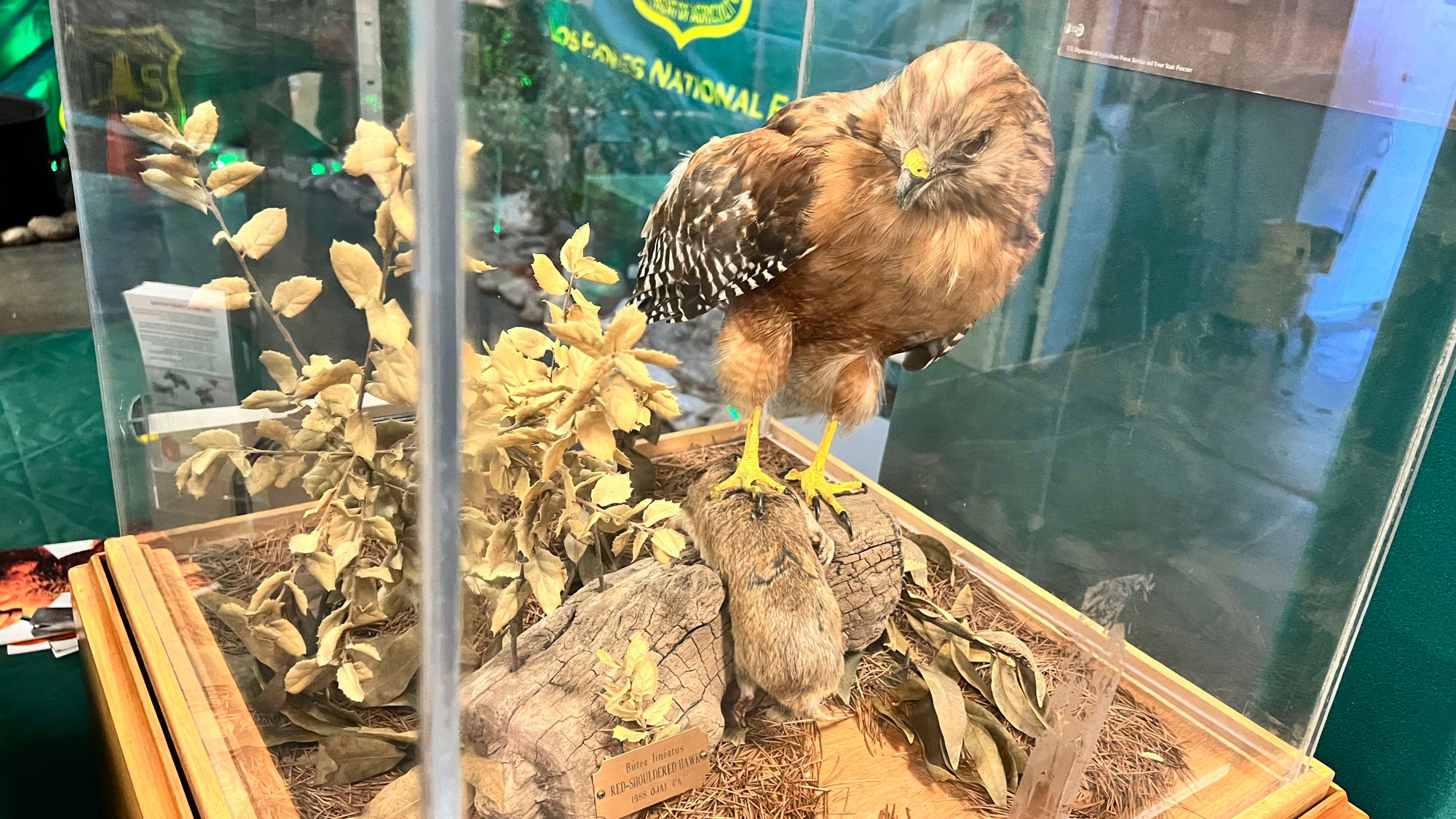
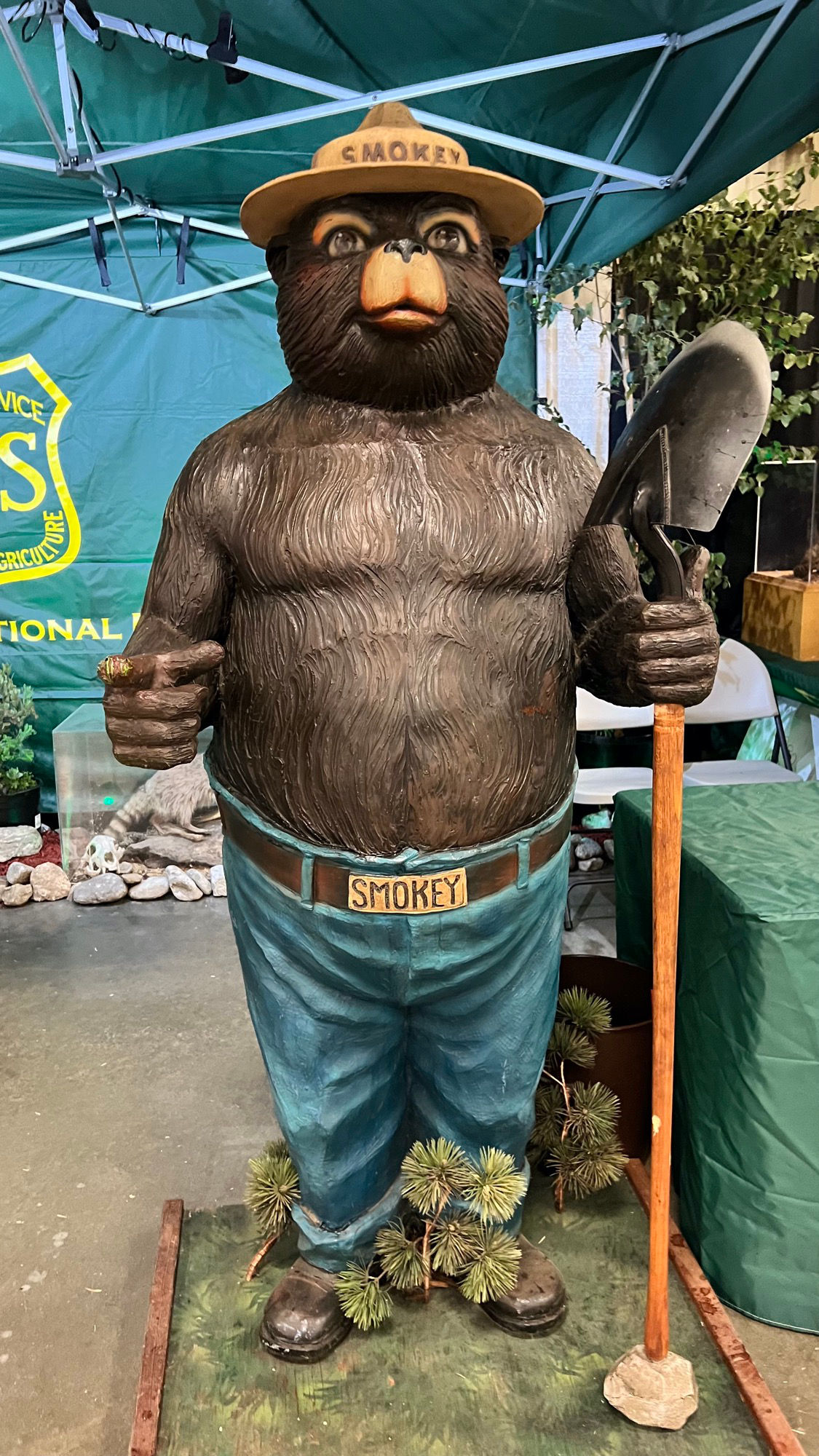
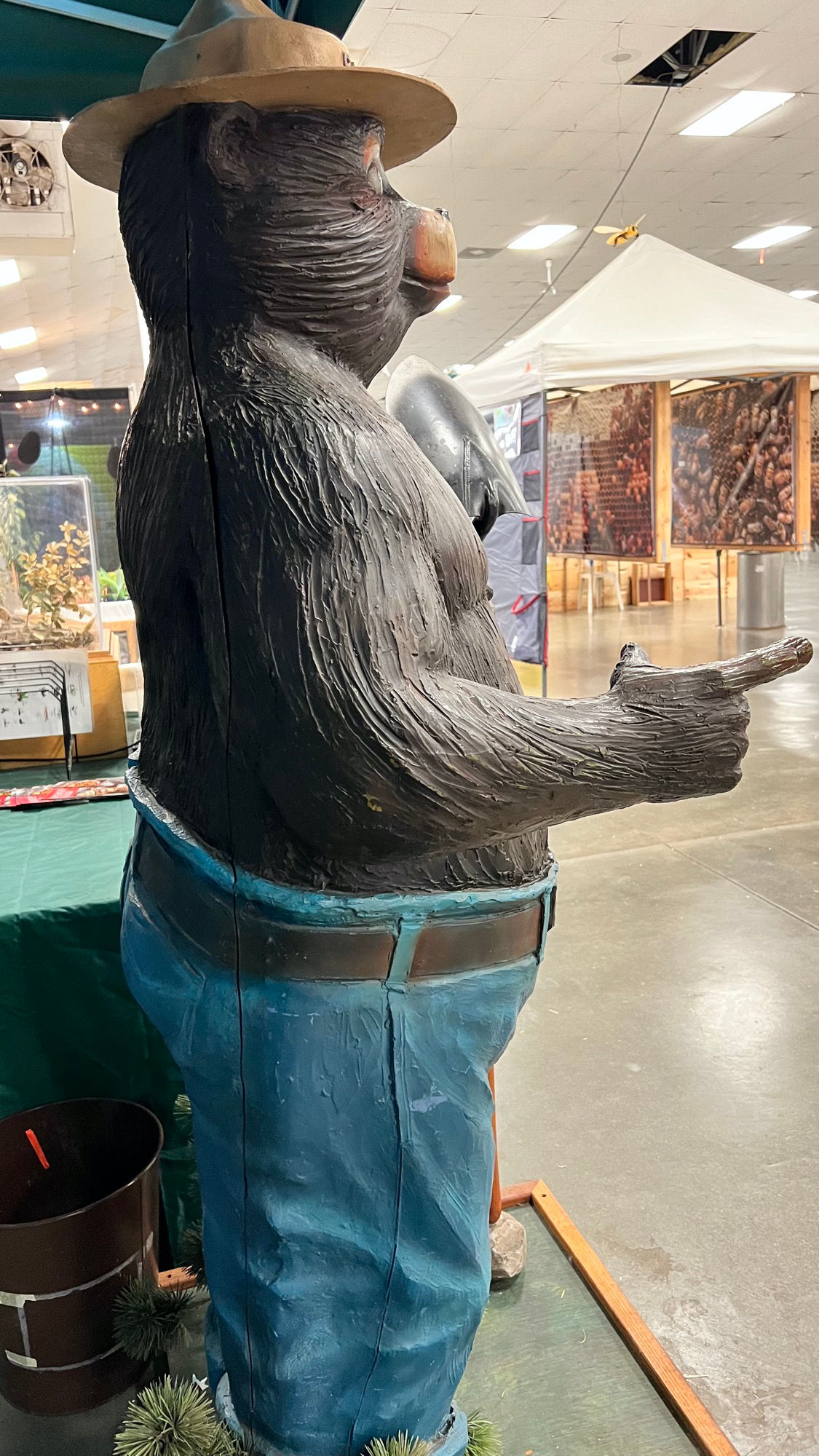
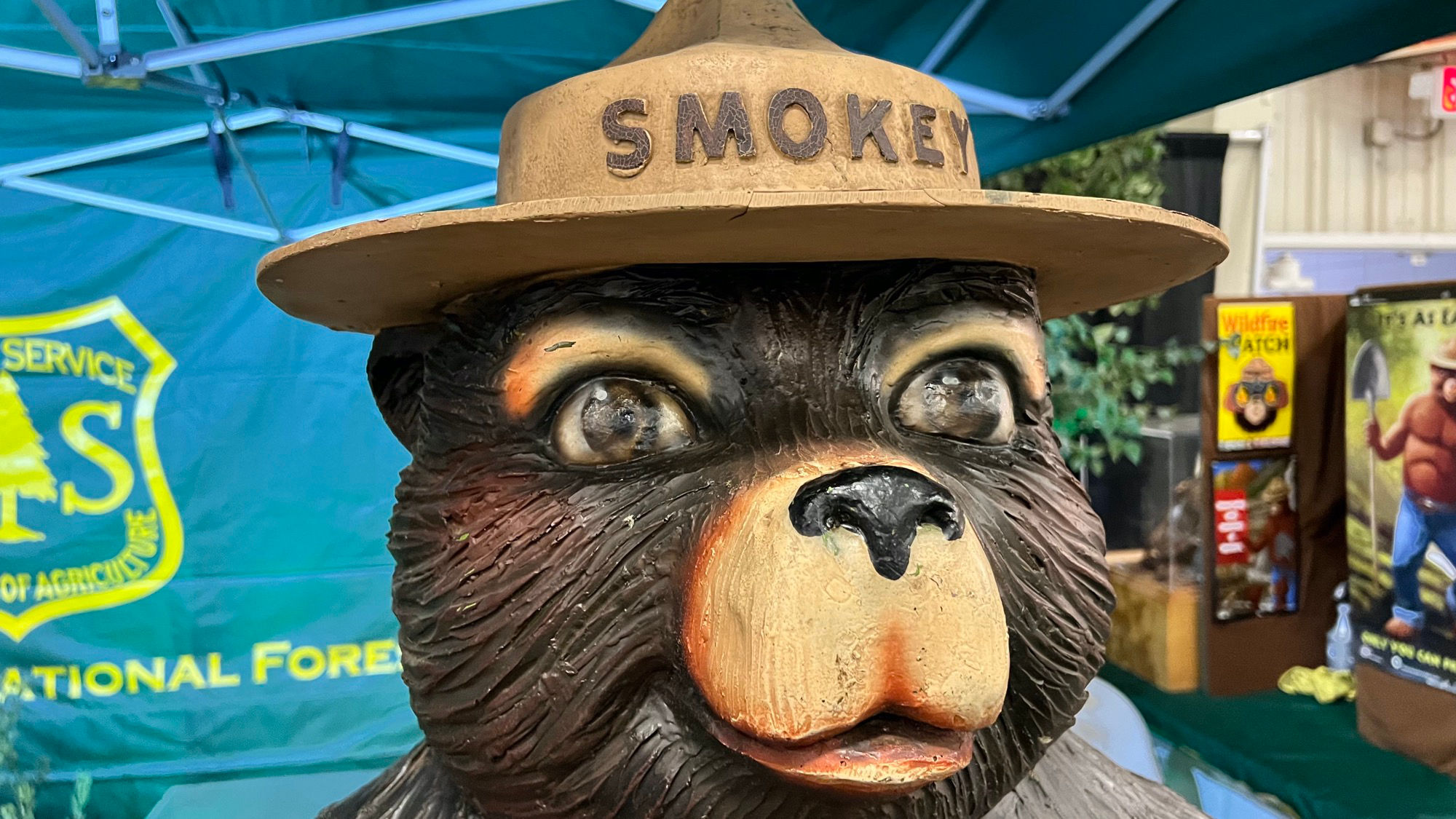
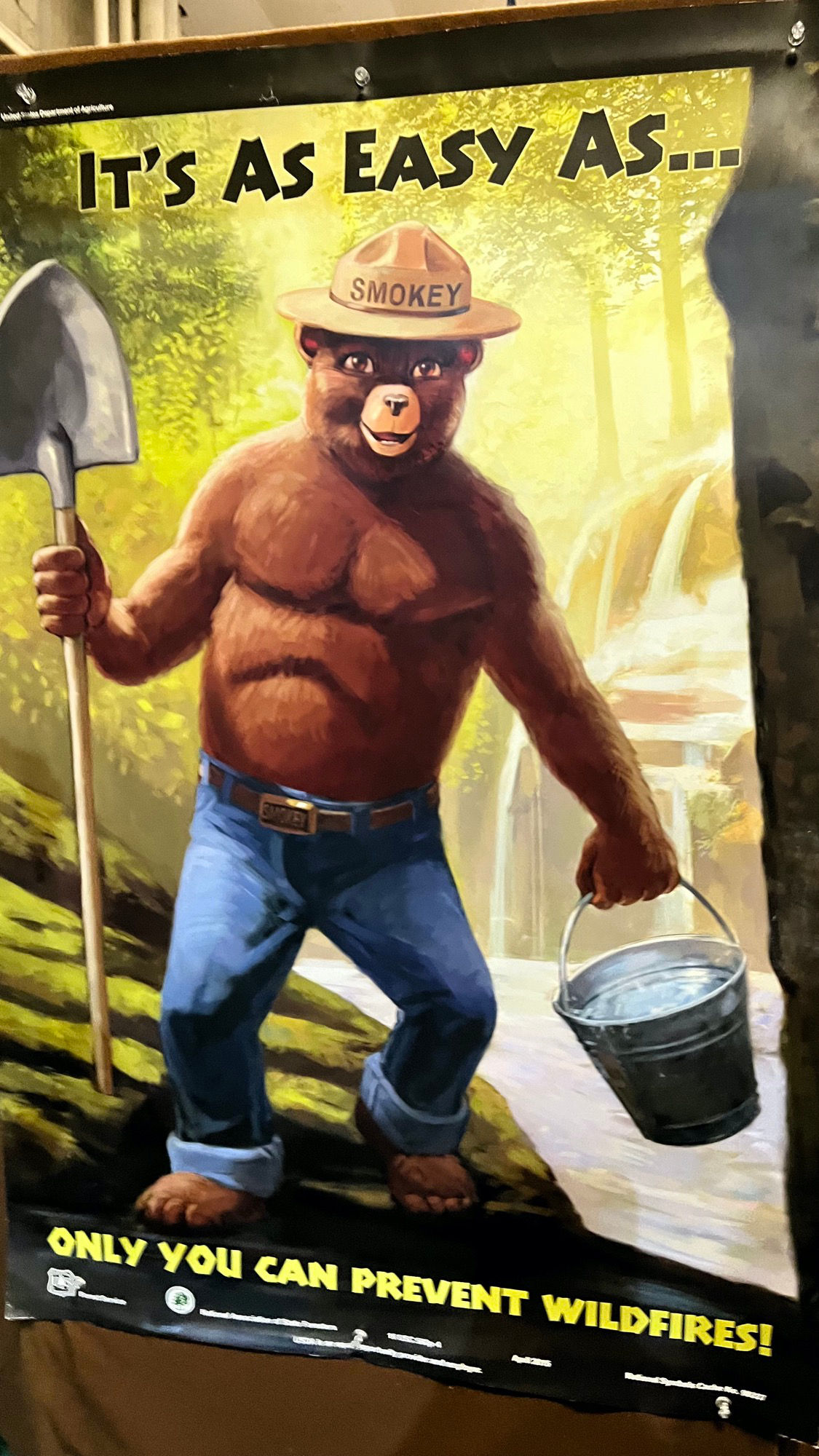
Only You can Prevent WildFires!
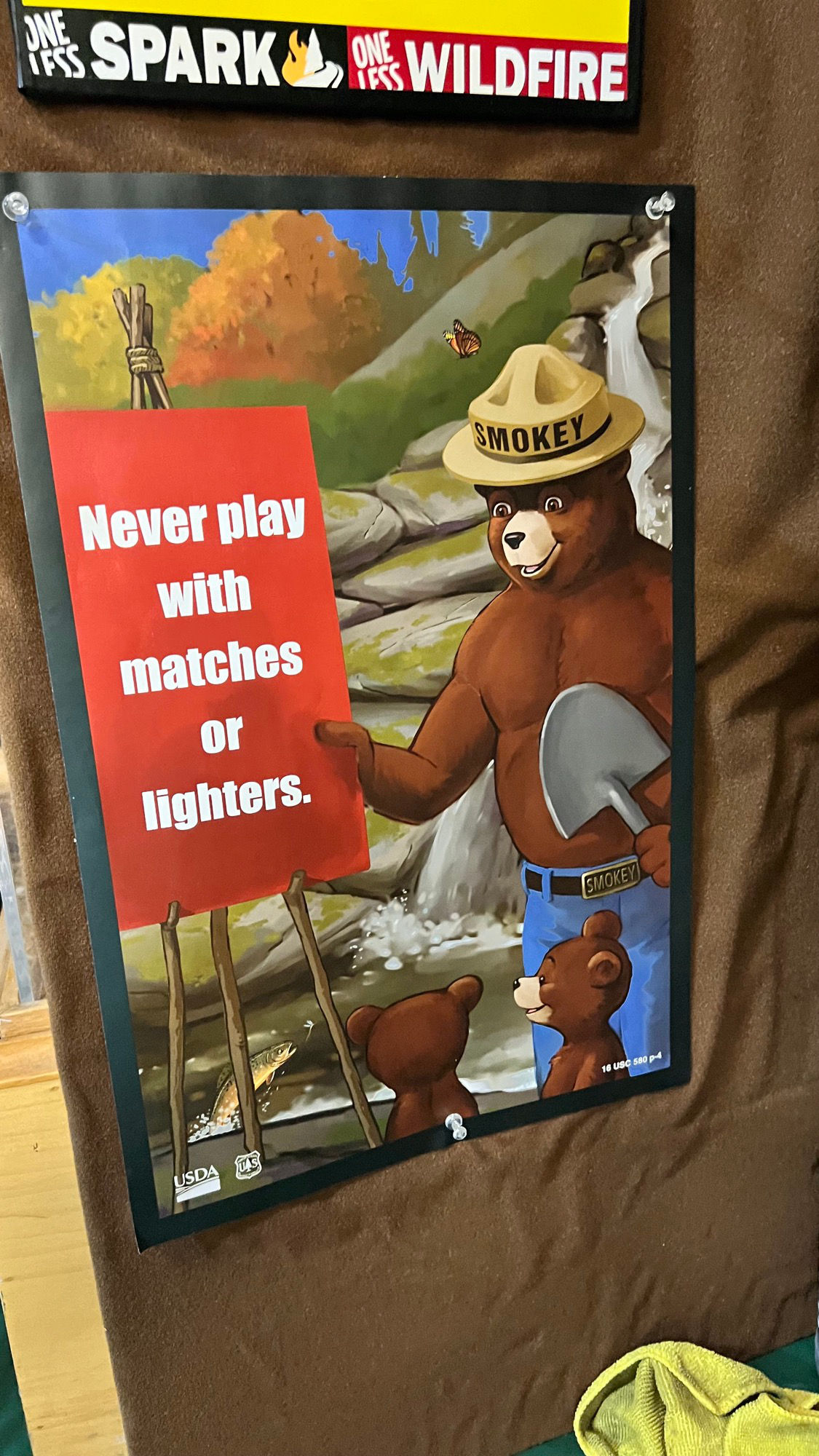
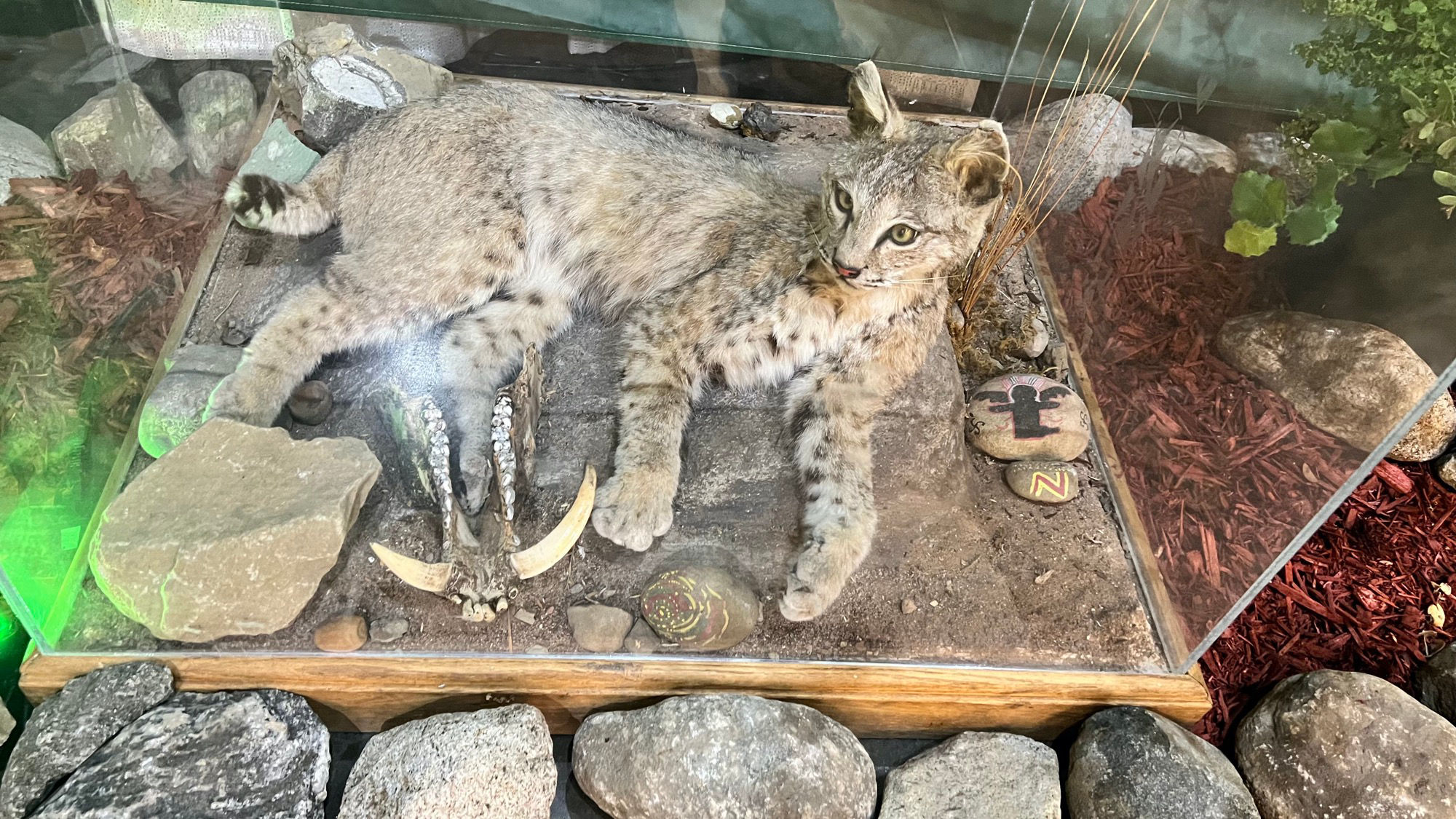
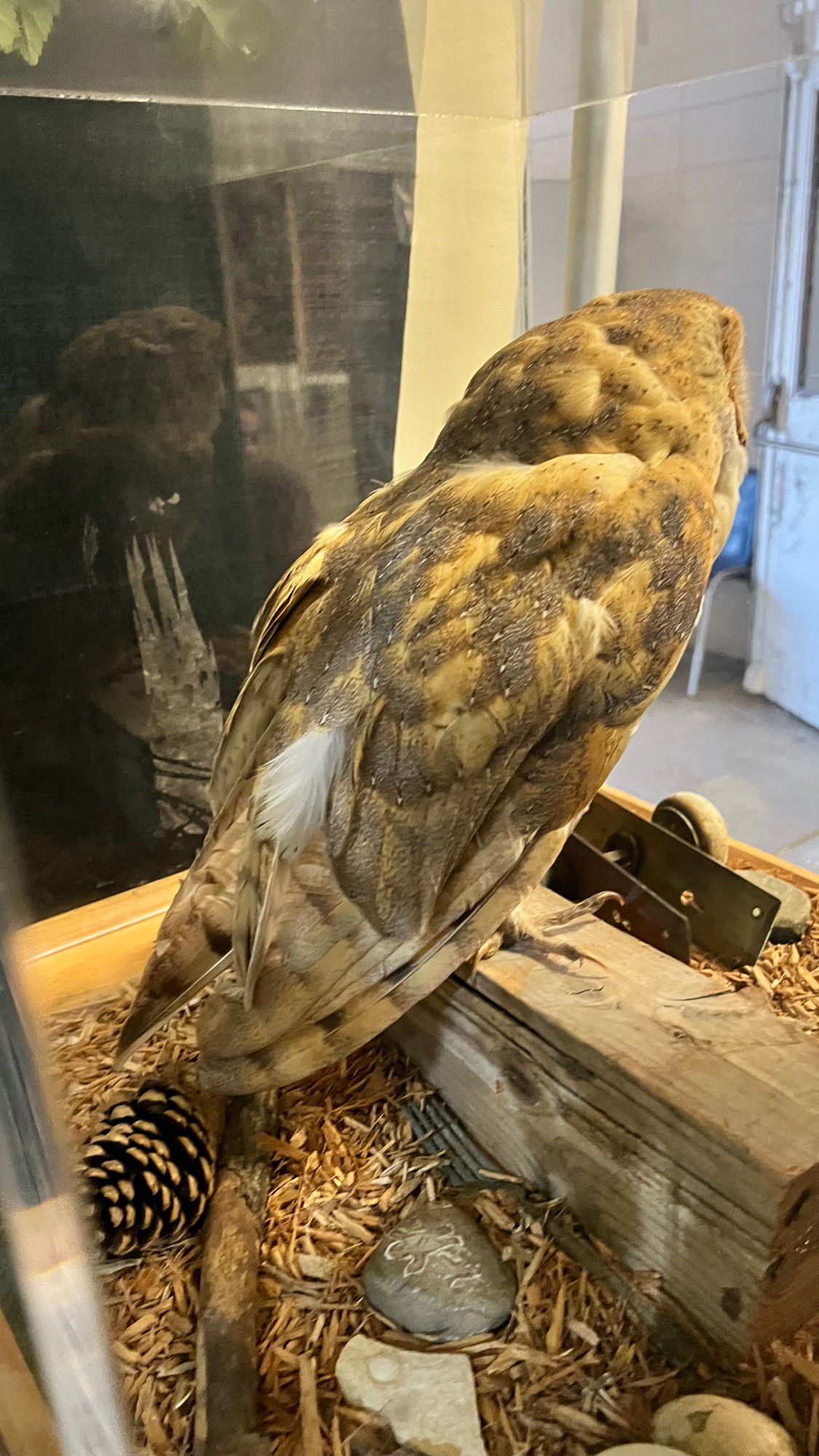
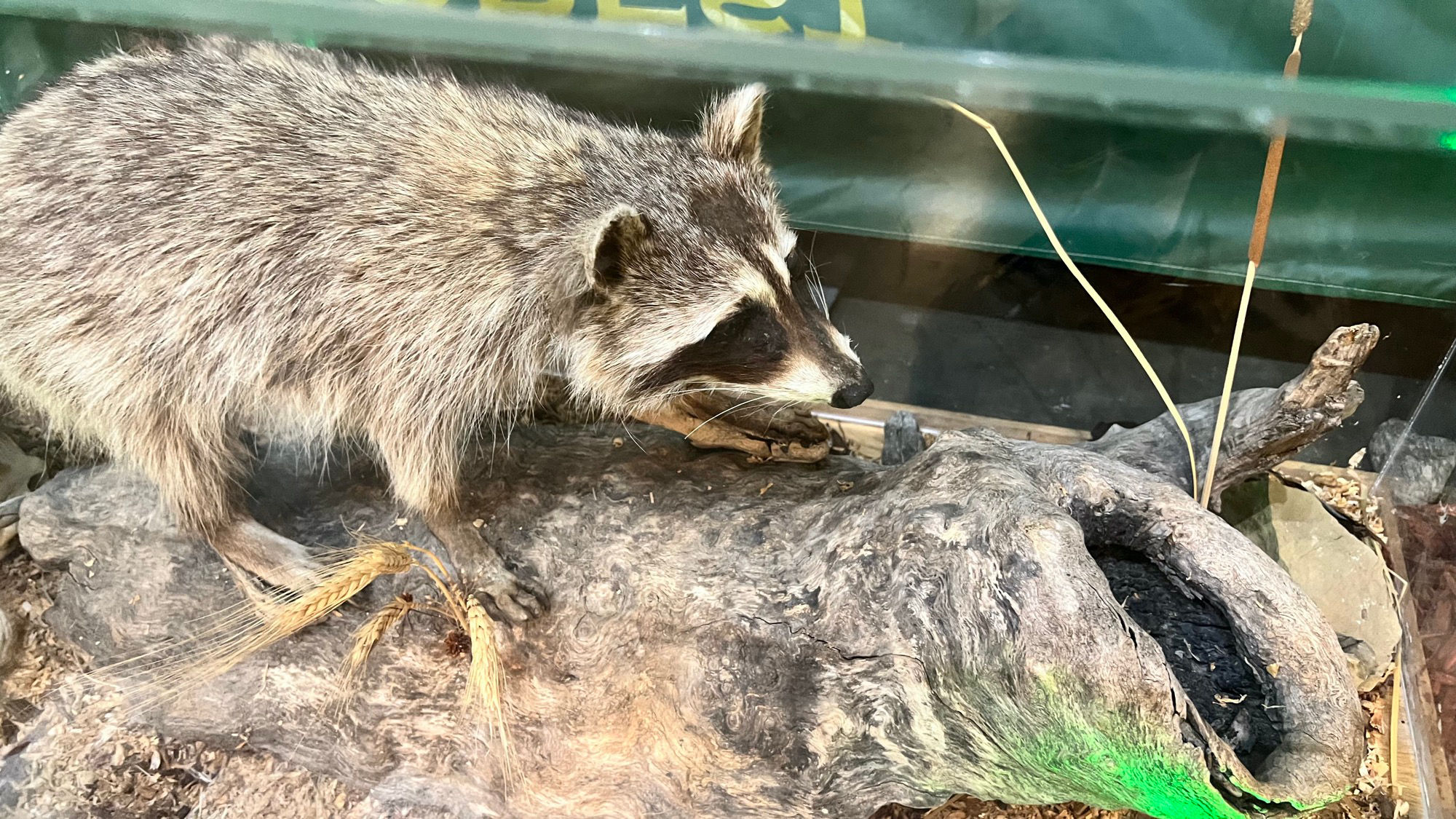
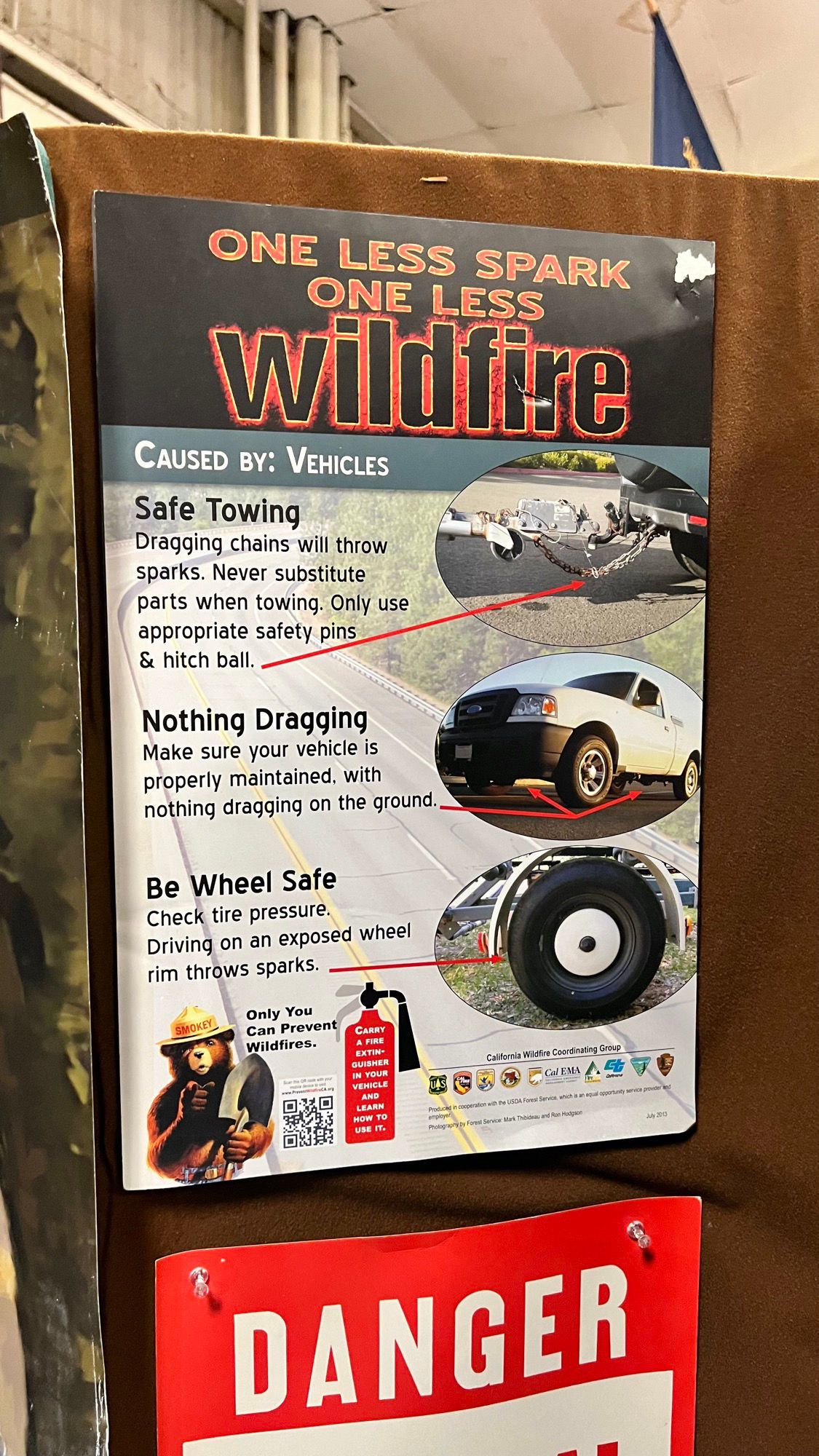
Caused by: Vehicles
Safe Towing
Draggin chains will throw sparks. Never substitute pars when towing. Only use appropriate safety pins & hitch ball.
Nothing Dragging
Make sure your vehicle is properly maintained, with nothing dragging on the ground.
Be Wheel Safe
Check tire pressure. Driving on an exposed wheel rim throws sparks.
SMOKEYOnly You Can Prevent Wildfires
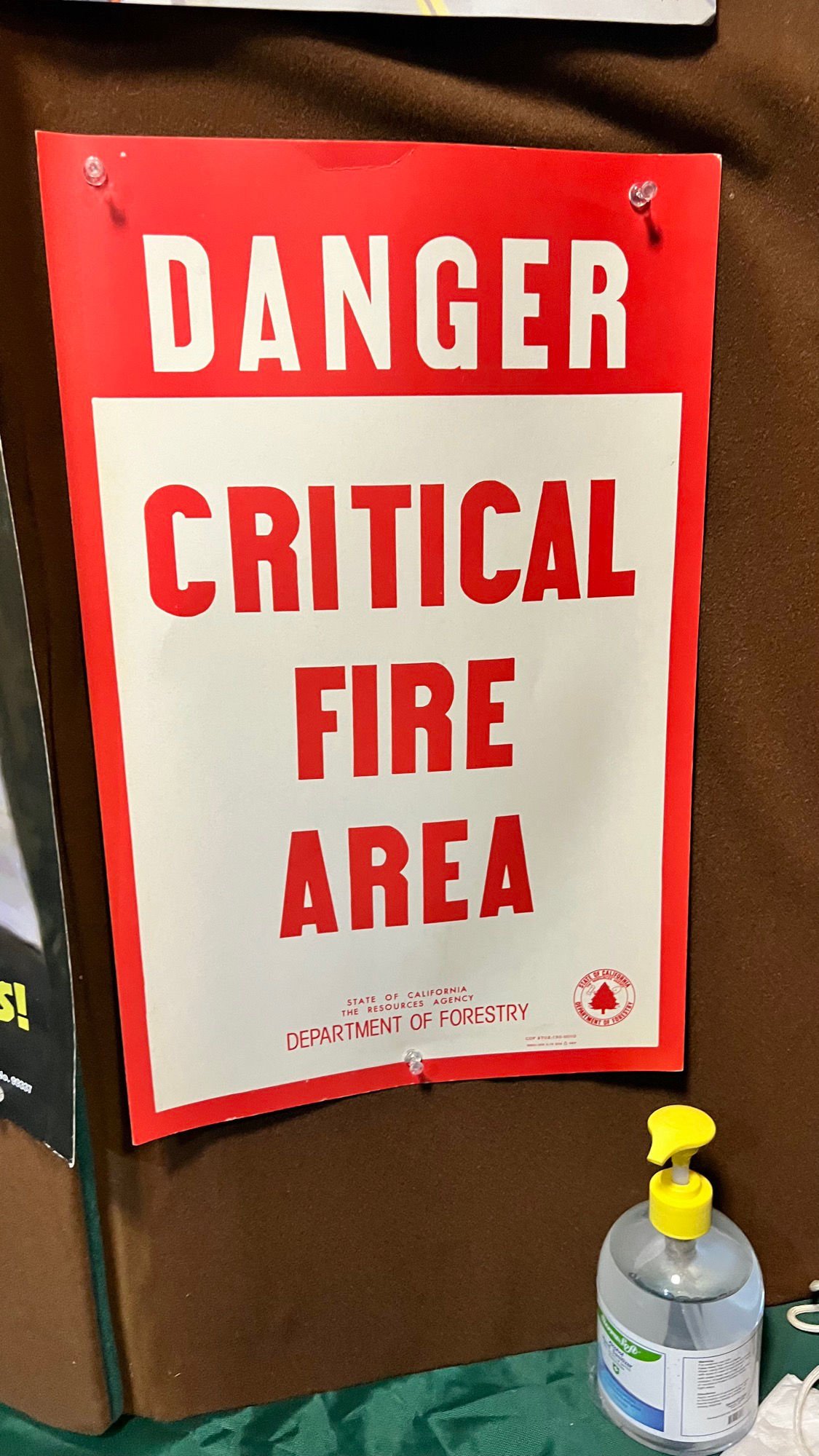
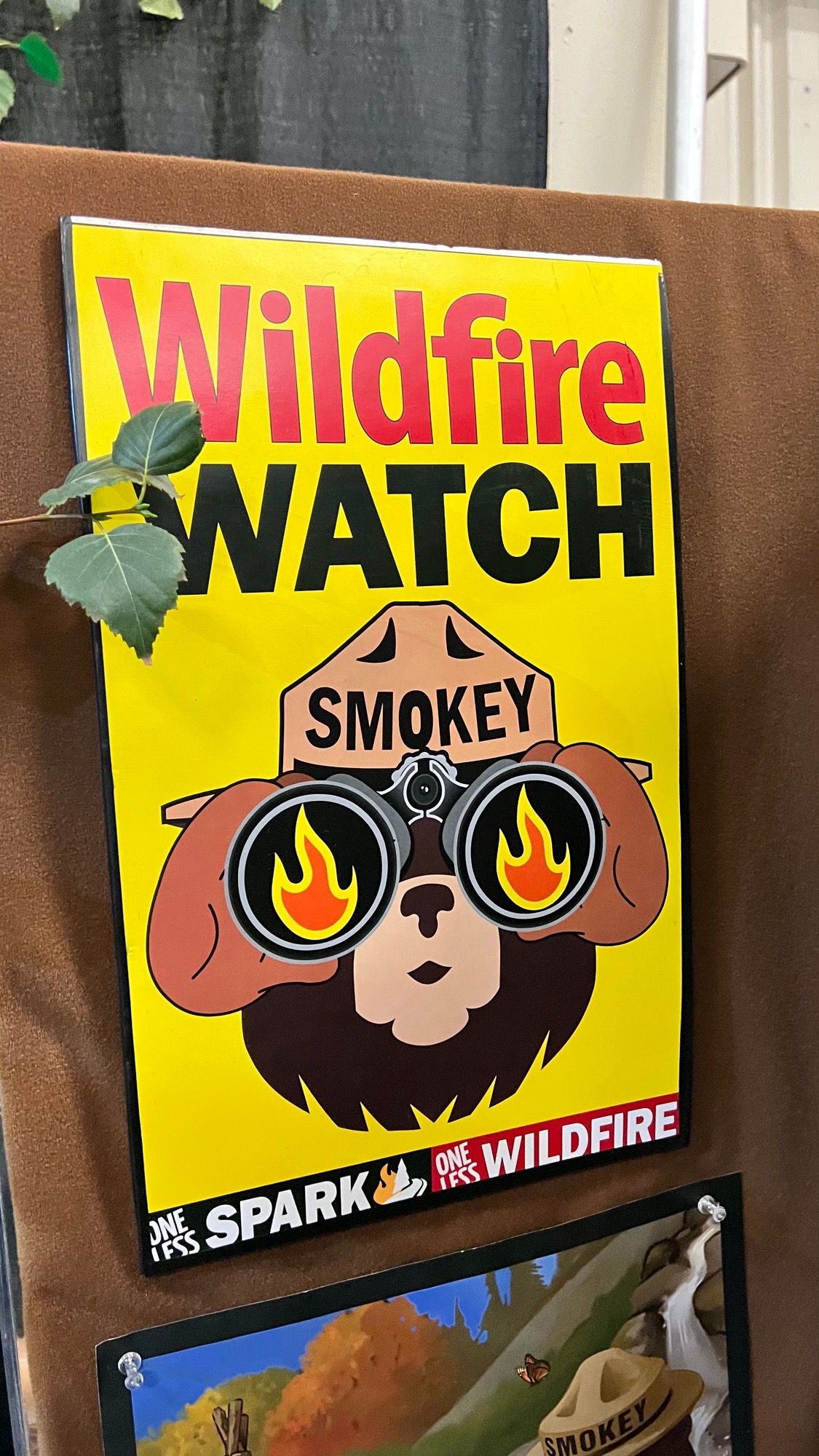
Los Padres National Forest:
Los Padres National Forest encompasses approximately 1.75 million acres of central California's scenic Coast and Transverse Ranges. The forest stretches across almost 220 miles from north to south and consists of two separate land divisions. The northern division is within Monterey County and northern San Luis Obispo County and includes the beautiful Big Sur Coast and scenic interior areas. The "main division" of the forest includes lands within San Luis Obispo, Santa Barbara, Ventura and Kern Counties.The headquarters, or Forest Supervisor's Office, for Los Padres National Forest is located in the city of Solvang, in Santa Barbara County. The forest is divided into five administrative units called "ranger districts" with district offices as follows:
- Monterey Ranger District (King City)
- Santa Lucia Ranger District (Santa Maria)
- Santa Barbara Ranger District (Los Prietos area)
- Ojai Ranger District (Ojai)
- Mount Pinos Ranger District (Frazier Park)
Management of Los Padres National Forest focuses on the following areas:
- Protecting and enhancing watersheds
- Providing world-class recreation
- Providing world-class wilderness opportunities.
- Promoting use of the forest as a "living laboratory" for ecological diversity and scientific research.
The Los Padres National Forest serves an enormous population base including the San Francisco Bay Area, the greater Los Angeles Metropolitan area, the southern San Joaquin Valley and the many communities along the south and central coast. The Forest provides the scenic backdrop for many communities and plays a significant role in the quality of life in this area. The Forest also supplies a substantial portion of the water needs of several downstream communities.
Ecosystems
Ecosystems in Los Padres National Forest range from semi-desert in interior areas to redwood forest on the coast. Forest vegetation is classified into two major types: chaparral (68%) and forested lands (30%). Forested land includes mixed evergreen forests, oak woodland, pinyon-juniper woodland, and conifer forest. Management of chaparral vegetation consists essentially of prescribed burning and wildfire suppression. Forested lands are managed primarily to maintain health and vigor.Habitat
Los Padres National Forest provides diverse wildlife habitat. The varied habitats and terrain of the Forest provide permanent or transitory refuge for approximately 468 species of fish and wildlife, of which most are nongame species. The importance of this habitat continues to increase because of habitat losses resulting from urban development outside the National Forest. The Forest Service is charged with the protection and preservation of threatened and endangered species and their critical habitats. Currently there are 23 threatened and endangered animals which occur in the Los Padres National Forest. There are also 20 animals that are considered sensitive. There are three threatened and endangered plant species with an additional 71 considered sensitive. Numbers of listed species change as new information is gathered from field studies and monitoring.
CONDORSThe Los Padres National Forest is a member of the California Condor Recovery Program and has been an active player in the reintroduction of California condors into the wild. Currently there are 70 condors in the wild population in California. The Forest manages two condor sanctuaries, the 1200-acre Sisquoc Condor Sanctuary in Santa Barbara County and the 53,000-acre Sespe Condor Sanctuary in Ventura County.
Fire
There is a considerable risk of wildfire in Los Padres National Forest resulting from a combination of weather, vegetation, terrain and human use. Intense wildfires, fed by accumulation of dead vegetation, cause substantial resource damage and are difficult and expensive to suppress. Wildfire burned over 2.3 million acres in Los Padres National Forest since 1912, for a historic average of 25,000 acres per year. Most wildfires in the forest are human-caused, the balance are lightning-caused. The average annual wildfire occurrence has increased steadily over the last 60 years. This increase is attributed to urban encroachment, expanded recreational use of the forest, and old-age chaparral. Chaparral accounts for over 95 percent of the acres burned annually by wildfire.Grazing
Livestock grazing in Los Padres consists of 107 allotments and special use permit livestock areas. Of the 107 allotments and livestock areas, currently 59 are active and 48 are vacant. There are a total of 26,387 head months and 33,345 animal unit months permitted. These numbers fluctuate annually depending on such factors as weather and livestock operations. There are a total of 873,110 acres of the Los Padres within allotments of which 410,640 acres are capable for livestock grazing. Most of the use occurs in annual grasslands vegetative communities. The allotment permittees consist primarily of multi-generational family ranches with a long history of grazing on the Forest and prior to the establishment of the National Forest System in 1906. Rangeland management in Los Padres focuses on sustainable livestock grazing at the moderate level while protecting valuable resources within the forest.Minerals
Los Padres National Forest produces locatable, leasable and saleable minerals.Locatable Minerals Include
- Gold
- Copper
- Zinc
- Chrome
- Antimony
- Silver
- Uranium
- Mercury
- Gypsum
- Limestone
- Bentonite
Leasable Minerals Include
The Forest produces oil and gas in commercial quantities, primarily from the Sespe Oil Field in Ventura County.
- Geothermal energy
- Phosphates
- Oil
- Gas
Saleable minerals found in quantity include
- Gravel
- Sand
- Sandstone
- Claystone
Recreation
Los Padres National Forest is a major supplier of wildland recreation for Southern California and the Bay Area. Visitors are attracted to the variety of terrain, vegetation, and recreational settings. Forest recreation has increased yearly. There are 1,257 miles of maintained trails which provide both day-use and extended backpacking opportunities. The Forest has 459 miles of roads and trails designated for off-road vehicle use.Special Areas
Much of Los Padres National Forest is unroaded and primitive. It has 10 congressionally designated wildernesses comprising approximately 875,000 acres, or about 48% of the forest. These include
- The Ventana
- Silver Peak
- Santa Lucia
- Machesna
- Garcia
- San Rafael
- Dick Smith
- Sespe
- Matilija
- Chumash wildernesses
The spectacular Big Sur Coast, an international treasure, is one of the outstanding features of Los Padres National Forest. The Forest manages, through a concessionaire, several popular recreation facilities along the coast that attract visitors year-round. Several key land acquisitions in the Big Sur Ecosystem have been accomplished in recent years making more outstanding areas available for the public's benefit and enjoyment. Land acquisitions in this area from 1992 to the present included a total of almost 9,300 acres. The Forest acquired the 1,226-acre Brazil Ranch in the Bixby Creek area through a partnership with the Trust for Public Land. The Forest is working closely with the Big Sur community and other stakeholders to craft a vision for future public enjoyment of the Brazil Ranch.
Tribal Relations
Los Padres National Forest has prehistoric and historic Native American sites, properties related to the practice of Indian and non-Indian religion, historic properties and districts. Interpretation of cultural resources meets a growing demand for information concerning heritage and history. The Forest contains some of the most extraordinary native rock art to be found anywhere in the world. Created by the Chumash Indians, these complex and intriguing pictographs are found on numerous rock outcroppings and in caves. Forest archeologists work closely with the academic community, volunteer site-stewards and local Native American groups to inventory, study, interpret and protect the sites.
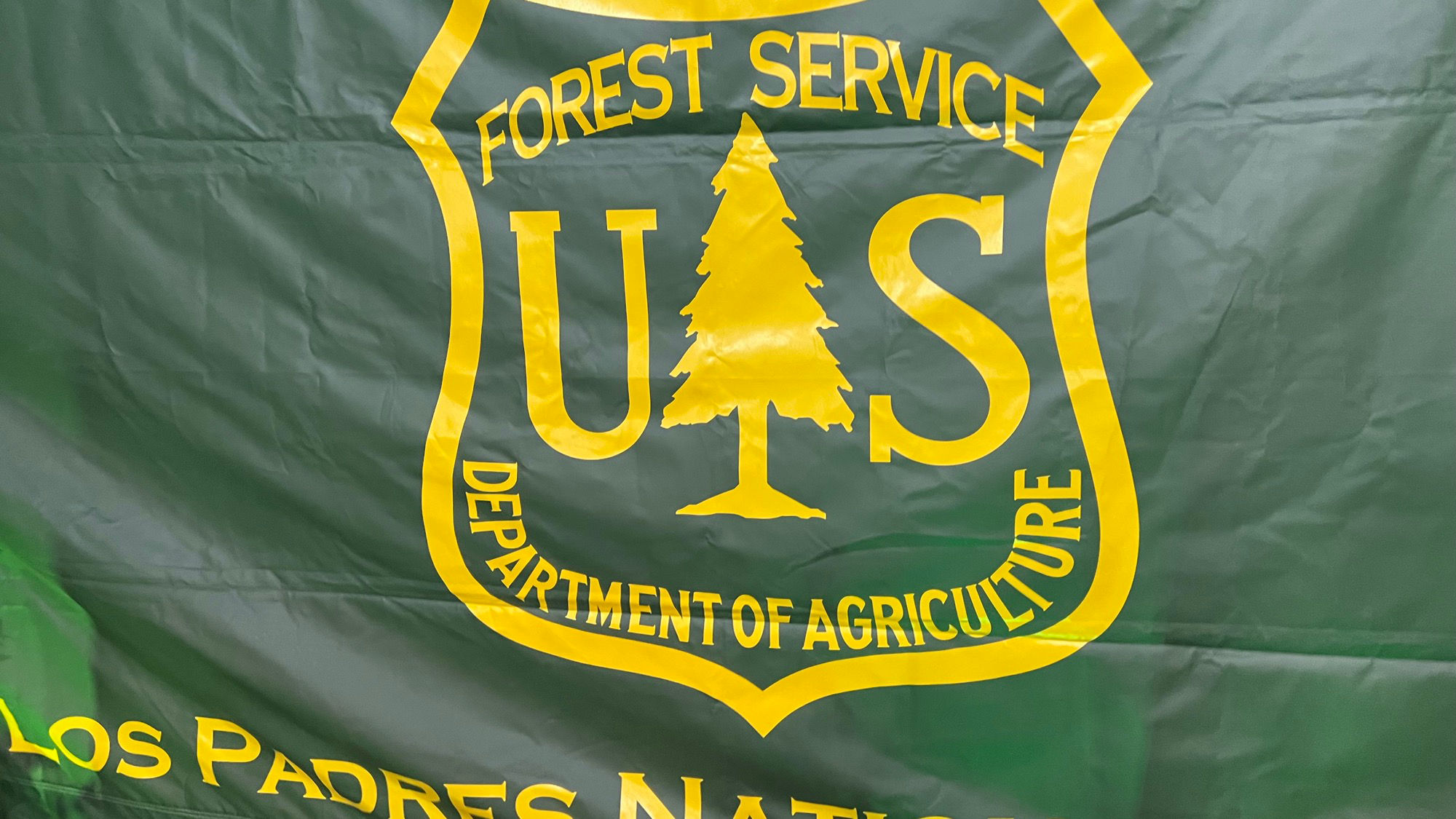
Department of Agriculture


